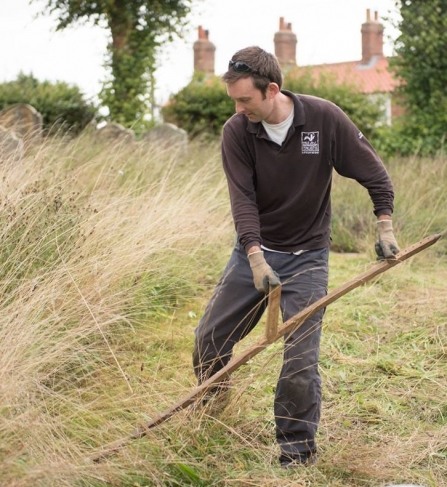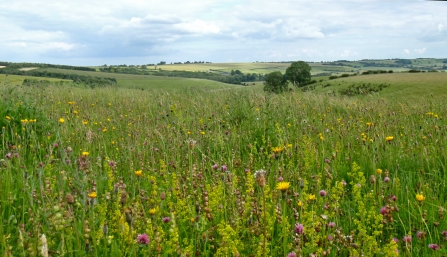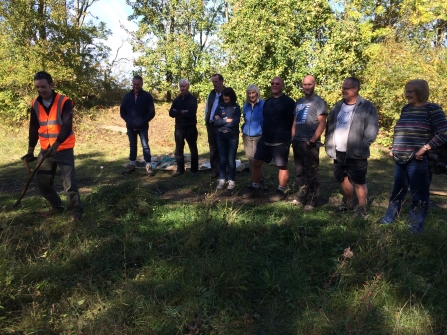Having learned about the importance of green corridors for the movement of wildlife I visited a site in Colsterworth, on the doorstep of Newton’s birthplace, to see some conservation in action. Here local volunteers, organised by Mo and Jackie Taylor, managed two miles of disused railway.
They had already implemented a number of measures to make the area more accessible and pleasurable for visitors. This included scrub removal, path widening, bench installation, litter clearance and they had even added a camp ground. However, they were eager to learn how they could make the land more sympathetic to the native species of Lincolnshire.




